Injuries in car accidents are very common, but just because you have been injured in a car accident does not necessarily mean you are entitled to compensation. Your best bet in being awarded fair compensation by the insurance company for your injuries sustained in a car accident is to prove every element of your claim.
In this video, I will give you a blueprint of how to handle your car accident injury claim to hopefully give you the best shot possible of being awarded maximum compensation for your injuries. To do so, let me tell you the story of my past client, Eddie. If you have been injured due to someone else’s negligence you may want to speak to some personal injury attorneys in Louisville, KY.
Eddie’s Story
Eddie was driving his vehicle when he was involved in a two-vehicle car accident. He was driving his pickup truck on a two-lane road when the driver of another vehicle, traveling in the other lane in the opposite direction, came over into Eddie’s lane, collided with Eddie’s vehicle, and knocked Eddie’s vehicle into a ditch on the side of the road.
After the accident, Eddie took photographs depicting the scene of the accident. These photographs were crucial because they helped us prove the other driver was at fault for the accident, as the photographs showed the skid marks caused by Eddie’s truck when he braked to try to avoid the collision. The skid marks revealed that Eddie never left his lane of travel. It was thus clearly the case the other driver must have crossed the center lane into Eddie’s lane of travel to cause this wreck.
Proving Liability
In order to get compensated in a car accident case, you must show that another driver or party was legally liable for the accident. In some car accident cases, like a rear-end accident, it is often easy to prove who was at fault in the accident, but that’s not always the case. If you’ve been in a car accident, you or a loved one should take photographs as soon as possible after the accident. Take photographs of the vehicles involved and the location of where the accident happened. Photographs can tell the story of how an accident occurred and can sometimes save your claim if the other driver tries to claim you were at fault in the accident.
You or a loved one should also track down any witnesses to the accident to see what they saw and get their contact information to provide to the insurance company if their version of the accident is helpful to your case. But photographs alone won’t always save your claim. Sometimes, in order to prove the other driver was at fault, it is crucial to hire an accident reconstruction expert in your case. Accident reconstruction experts can help prove many aspects as to how your accident occurred, including the sequence of events, collision dynamics, point of impact, road conditions, and contributing factors to the accident.
Proving Injuries and Damages
Now, back to Eddie’s story. We ended up sending the photographs Eddie took to the other driver’s insurance company. After reviewing the photographs, the other driver’s insurance company admitted liability on behalf of its insured. After the accident, Eddie focused on getting the medical treatment he needed. Eddie sustained injuries to his neck, back, and right arm as a result of the accident. He was taken by ambulance to the hospital, where diagnostic testing was performed, and he was discharged after it was confirmed he did not sustain any broken bones or fractures. About a month and a half after the accident, Eddie had an MRI on his lower back which revealed three bulging discs in his lower back.
Eddie missed a little bit of time from work due to his injuries. He ended his chiropractic and pain management treatment just a tad over four months following the accident. He never had to have surgery as his back got better with treatment. Once he was finished treating, we gathered all of Eddie’s medical records and bills for medical treatment associated with his accident. We also were able to get his employer to fill out a form that documented the amount of time he missed from work and verified how much he made on a weekly basis, so we could prove his lost wages.
Gathering Evidence
If you’ve been injured in a car accident, you need to gather evidence of your injuries and damages for your claim. Get all your medical records and bills to send to the insurance company. If you’ve missed time from work, make sure your doctor gives you an off-work note for time missed from work, and get your employer to fill out a form verifying the amount of your lost wages.
Initiating Settlement Negotiations
In Eddie’s case, after we gathered all his evidence, I then sent a written demand letter to the other driver’s insurance company’s adjuster assigned to the file, demanding they pay out their insured driver’s policy limits. Along with the demand letter, I included all the evidence we had that supported my client’s case, including photographs, medical records, and medical bills. The demand letter is how an injury victim initiates settlement negotiations in their case. You should send a written demand, whether it be a written letter or email.
In Kentucky, the other driver’s insurance company is not required to disclose to you what their insured driver’s policy limits are. Thus, it’s usually a good idea to start off negotiations by sending a written demand letter to the other driver’s insurance company. If you live in a state where the insurer is required to disclose to you the policy limits of its driver, you should request that from the insurer as soon as possible. The amount of the policy limits will often determine when you should send your demand. If the other driver had a low amount of policy limits, consider sending the demand sooner; if a large amount of policy limits, you may want to send a written demand once you are done treating or have reached maximum medical improvement, if possible.
Negotiating the Settlement
In Eddie’s case, the insurance adjuster eventually made an initial offer in the amount of $42,000 to settle Eddie’s case. From there, I with Eddie’s authority and the other driver’s insurance company adjuster negotiated back and forth for a little over a month until we were eventually able to settle Eddie’s case for just under $60,000.
Filing a Lawsuit if Necessary
We were able to get a fair and reasonable settlement in Eddie’s case because we followed the procedures I’ve outlined in this video to prove liability against the other driver, and to prove Eddie’s injuries and damages. But the thing is, even if you follow the procedures I’ve outlined in this video, not all cases where these are followed settle for a fair reasonable amount without having to file a lawsuit or go to court. In fact, my office always follows the procedures I’ve outlined in this video, and we still routinely have to file lawsuits on a regular basis for our clients in order to get a fair and reasonable settlement.
Knowing When to File a Lawsuit
So how do you know you have a car accident case that you should consider filing a lawsuit on? Well, in this video about to pop up right here, I will tell you what you should consider in your car accident case when determining whether or not you should file a lawsuit. Lastly, if you’ve been injured in a car accident, slip and fall incident, or dog attack incident in Kentucky, remember: don’t wait; call Tate.
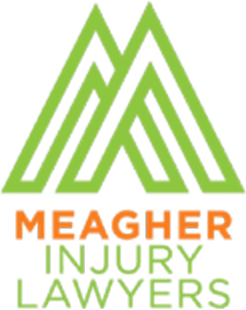
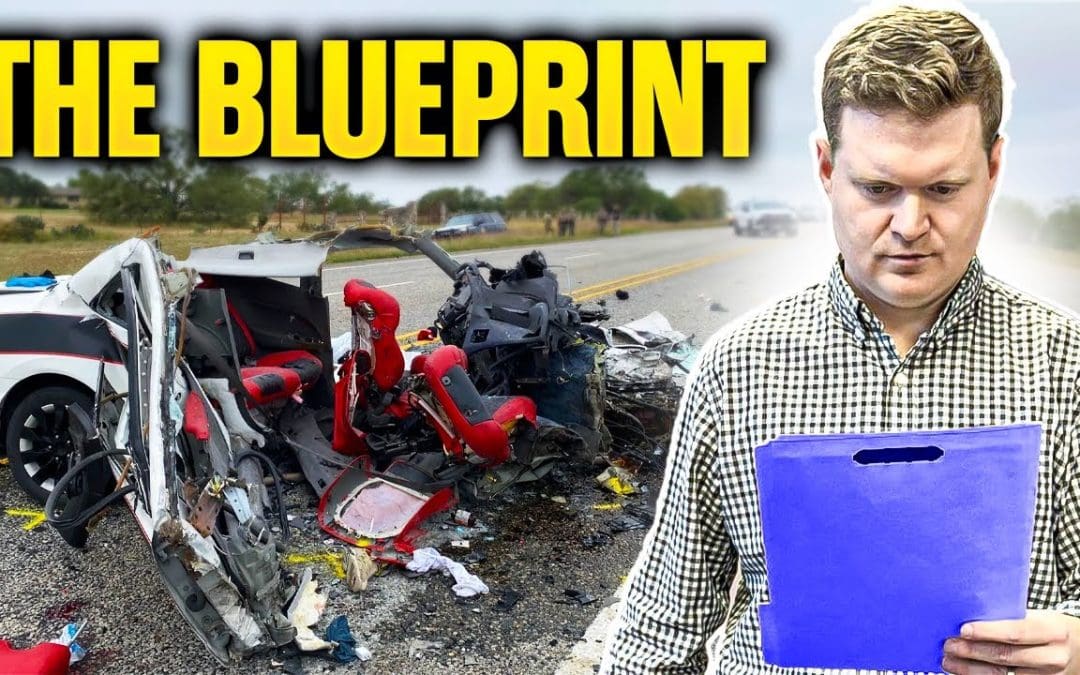

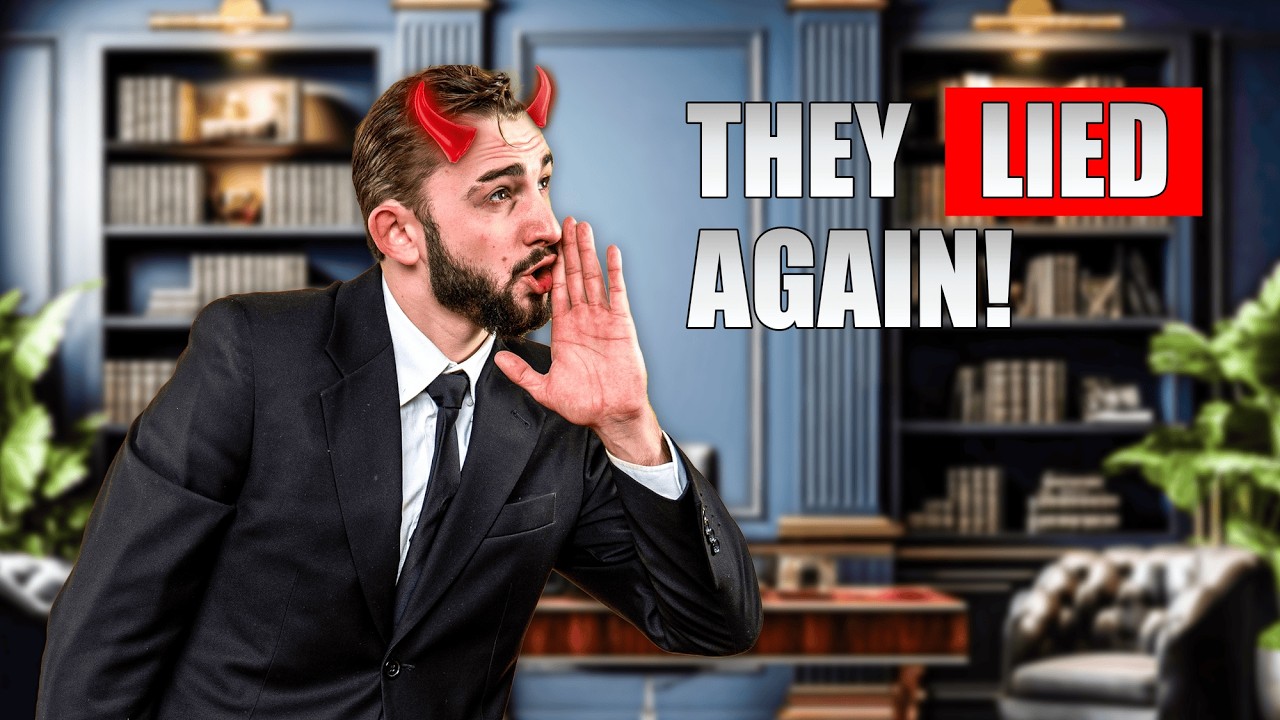


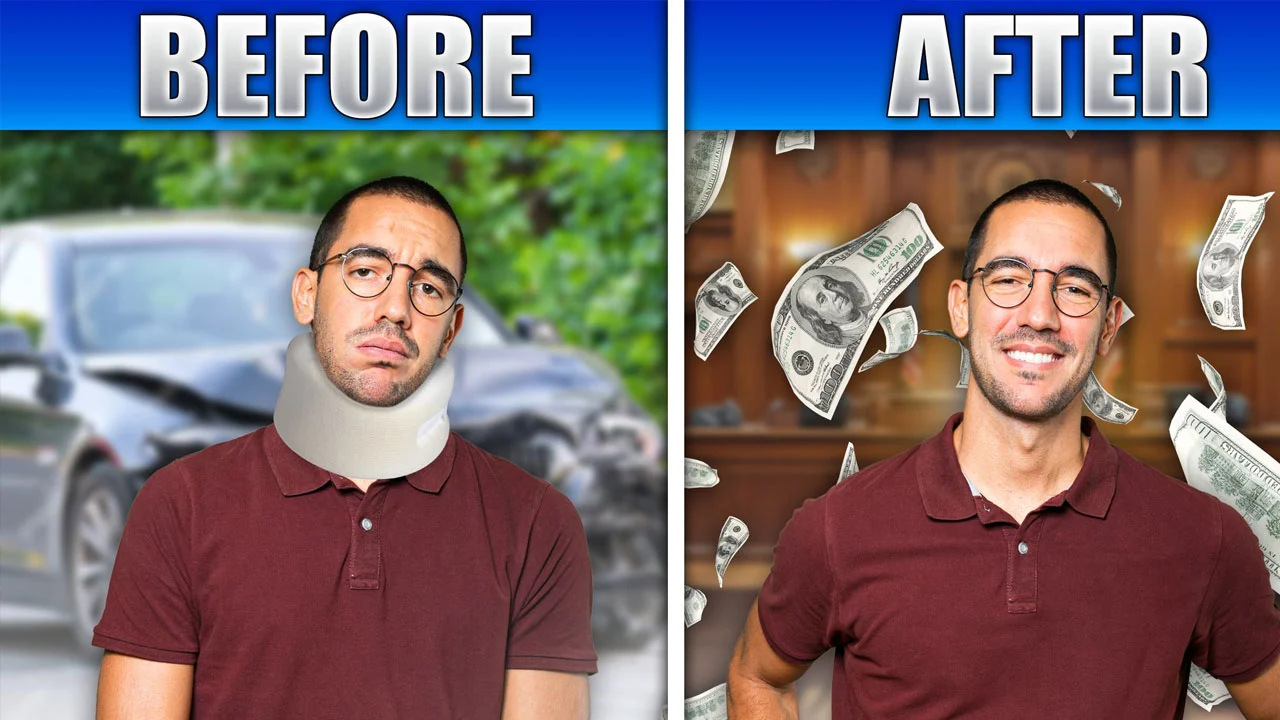
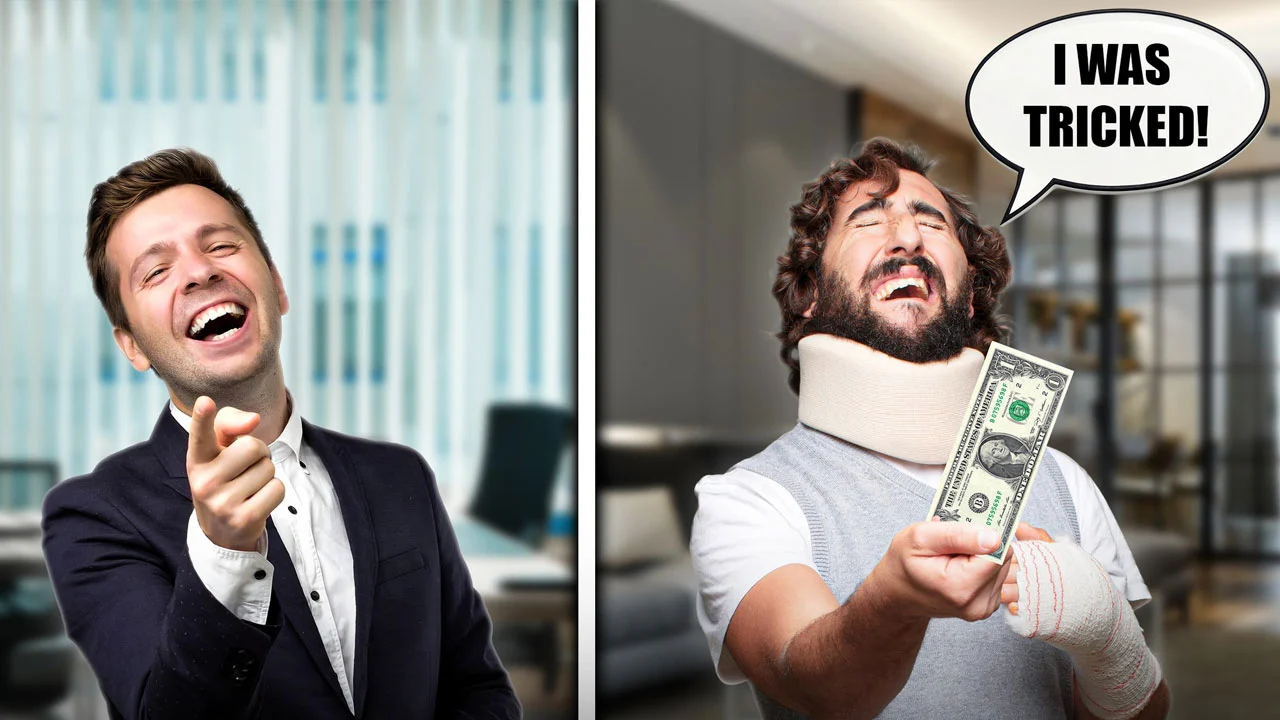
Recent Comments